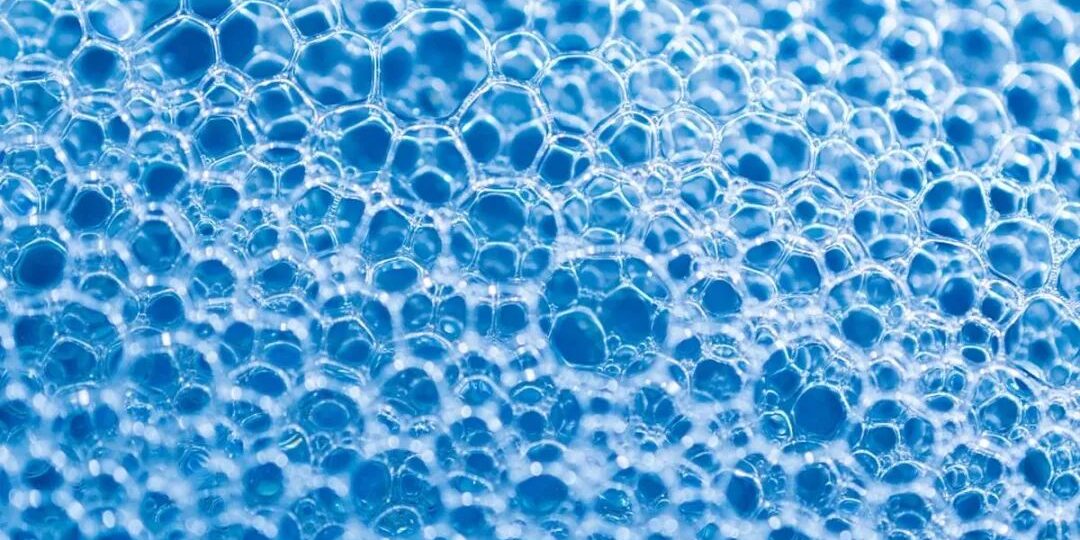Factors affecting the effectiveness of defoaming agents
Dispersion of defoaming agent in solution
The dispersion state and surface properties of the defoaming agent in the solution significantly affect other defoaming properties. Defoaming agents should have a suitable degree of dispersion and particles that are too large or too small will affect their antifoaming activity.
Compatibility of defoaming agents in foam systems
When surfactant is completely dissolved in an aqueous solution, it is usually oriented and arranged at the air-liquid interface of the foam to stabilize the foam. When the surfactant is in an insoluble or supersaturated state, the particles disperse in the solution and accumulate on the foam, which acts as a defoaming agent.
Foaming system ambient temperature
The temperature of the foaming liquid also affects the performance of the defoamer. When the temperature of the foaming liquid itself is relatively high, it is recommended that a special high-temperature resistant defoaming agent must be used, because if an ordinary defoaming agent is used, the defoaming effect will definitely be greatly reduced, and the defoaming agent will directly demulsify the emulsion. .
Packaging, storage and transportation
Defoaming agents are suitable for storage at 5 to 35°C, and the shelf life is generally 6 months. Do not place it near a heat source or expose it to sunlight. According to common chemical storage methods, ensure to seal after use to avoid deterioration.
Defoaming agent addition ratio
There is some deviation between the addition of the original solution and the addition after dilution to a certain extent, and the proportions are not equal. Due to the low surfactant concentration, the diluted defoaming agent emulsion is extremely unstable and will soon stratify. The defoaming performance is relatively poor and is not suitable for long-term storage. It is recommended to use it immediately after dilution.
The proportion of defoaming agent added needs to be verified through field tests and should not be excessively added.







